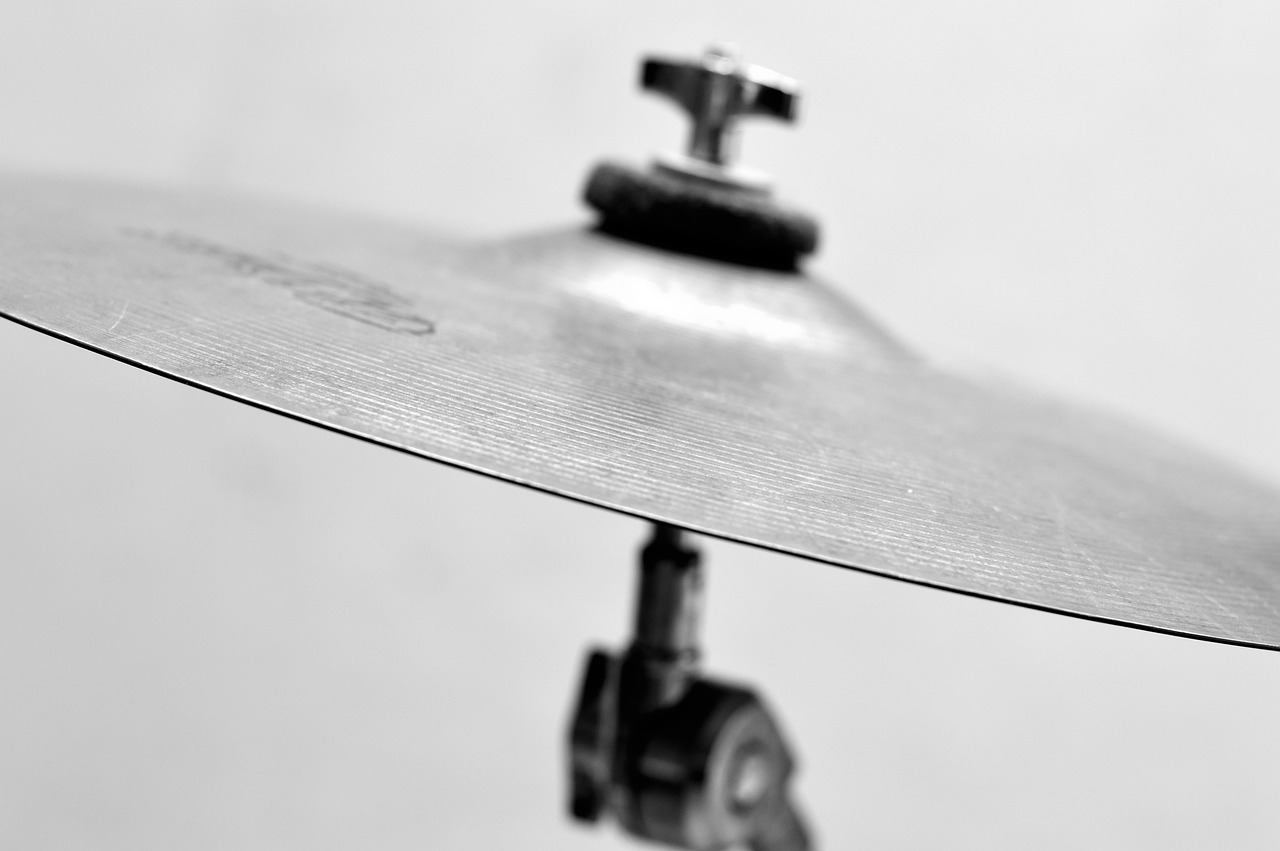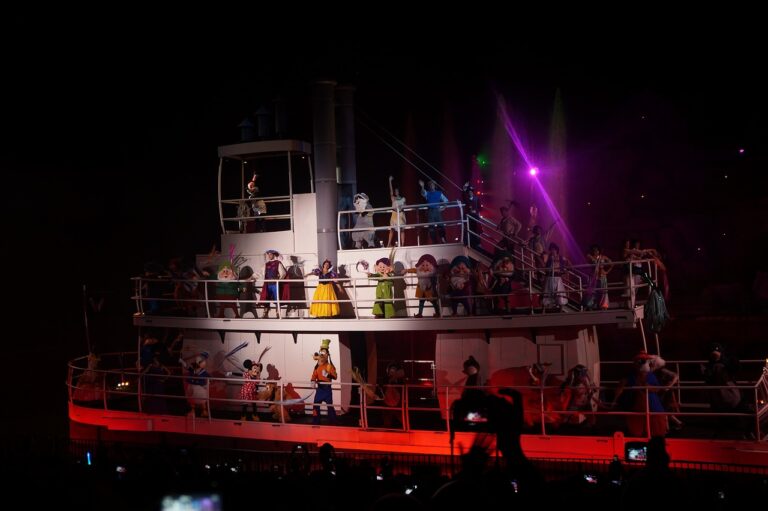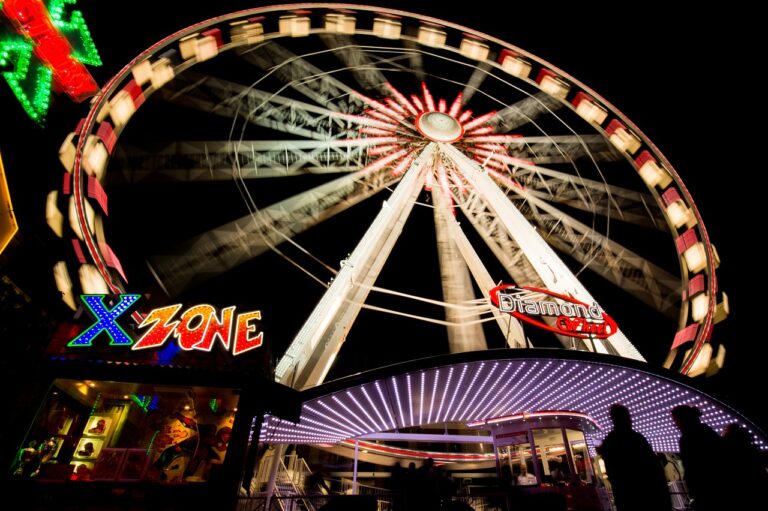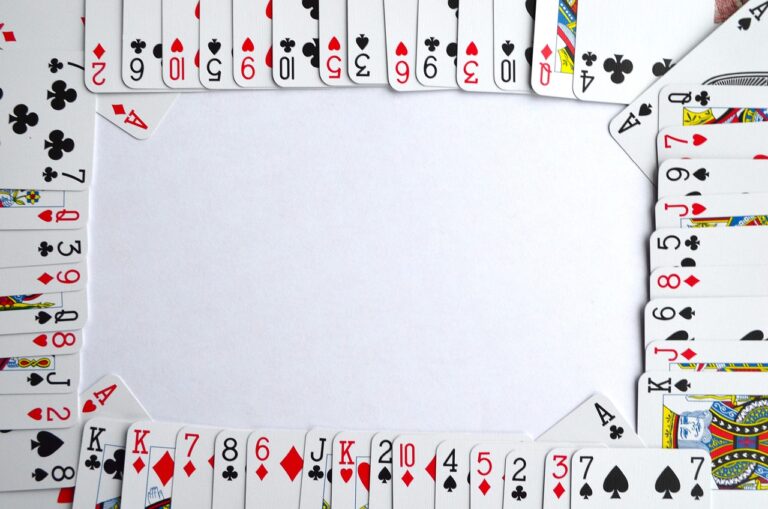Exploring the Intersection of Art and Technology: Interactive Exhibits and Installations
As technology continues to advance, artists are finding innovative ways to express their creativity. From digital art to virtual reality experiences, the possibilities seem endless. Through the use of various software tools and applications, artists can now experiment with different mediums and techniques that were once unimaginable. This intersection of art and technology has paved the way for new forms of artistic expression that push the boundaries of traditional art.
By embracing technology, artists are able to reach a wider audience and engage with viewers in unique ways. Interactive installations and immersive experiences allow viewers to become active participants in the art, blurring the lines between creator and observer. This shift towards interactive art not only enhances the artistic experience but also challenges the traditional notions of art as a passive form of consumption. It opens up new avenues for collaboration, exploration, and engagement, creating a dynamic and interactive relationship between art and technology.
• Technology allows artists to experiment with different mediums and techniques
• Artists can reach a wider audience through technology
• Interactive art blurs the lines between creator and observer
• Collaboration, exploration, and engagement are enhanced through technology in art
Evolution of Interactive Art
Interactive art has rapidly evolved with the advancement of technology, providing artists with new tools to engage audiences in meaningful and immersive ways. Through the integration of sensors, projections, and interactive interfaces, artists are able to create dynamic and participatory art experiences that blur the line between observer and creator.
One of the key factors driving the evolution of interactive art is the increasing accessibility of technology. As gadgets become more affordable and user-friendly, artists from diverse backgrounds are able to experiment with interactive elements in their work, resulting in a democratization of the artistic process. This democratization has led to a proliferation of interactive art installations in public spaces, galleries, and museums, offering viewers the opportunity to engage with art in ways that were once unimaginable.
Impact of Technology on Artistic Experience
Technology has undeniably revolutionized the way we experience art. With advancements such as virtual reality, augmented reality, and interactive installations, artists can now engage their audience in entirely new and immersive ways. These technological tools have opened up a new realm of possibilities for creative expression and have challenged traditional notions of what art can be.
The integration of technology into the art world has also democratized the creation and consumption of art. Artists no longer need expensive materials or access to exclusive galleries to share their work with a global audience. Social media platforms and online galleries have made it easier for artists to showcase their art and connect with art enthusiasts from around the world, breaking down the barriers of time and space in the artistic experience.
How has technology influenced artistic expression?
Technology has provided artists with new tools and mediums to create and showcase their work, leading to innovative forms of artistic expression.
What is interactive art and how has it evolved with technology?
Interactive art involves audience participation and engagement with the artwork. Technology has enabled artists to create immersive and dynamic interactive art experiences.
How has technology impacted the overall artistic experience for both artists and viewers?
Technology has enhanced the artistic experience by providing new ways for artists to create, collaborate, and showcase their work. It has also expanded the reach of art to a wider audience through digital platforms and virtual exhibitions.







